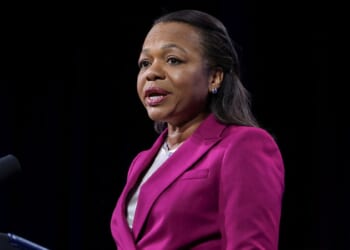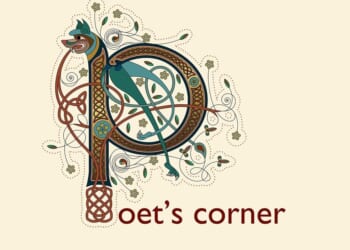(LifeSiteNews) — In gender politics, words matter. So when Fiona Simpson, Queensland’s Minister for Women in the governing Liberal National Party, a right-wing party, said a woman “is an adult female human being,” it represented a significant change of direction.
That what she said would once have been considered a statement of the obvious shows just how distorted, even ridiculous, the discourse has become.
Simpson, who was responding to a question on notice from Robbie Katter, leader of the minority Australian Party, added that a transgender-identifying person should be seen as “someone whose gender identity was the opposite of their birth gender,” which would be either male or female.
New policies are yet to be developed by the LNP government, but the mere fact that this has been stated on the record is sufficient to point to a departure from the approach of other Australian state governments toward issues of sex and gender.
Queensland’s previous state Labor government used a different definition in its women and girls’ health strategy, released last October. It said that females are “all people who identify as a woman or girl” and included intersex women and gender-diverse people as female in what it called a “gender inclusivity approach.”
The concentration on gender rather than sex is a sleight of hand that has allowed left-wing parties to politicize the distinction between males and females and attack anyone who dissents as “transphobic,” “anti-women,” or a wide range of other ad hominem tactics. It has proven to be effective because it is easy to claim that those wanting to use the conventional “binary” approach are implicitly victimizing trans people, intersex people, or people of other sexual variations.
READ: UK drops charges against comedian arrested for mocking transgenderism
According to Wikipedia there are over 100 “genders,” plus several subcategories. Gender is determined by attitudinal or psychological impulses. All that a person has to do to claim a particular “gender identity” is to say that it is how they feel about themselves.
That is not something that can be contested on its own terms, because no one can know exactly how another person feels. But what can be said is that it is a lurch toward complete subjectivity, which can neither have a scientific basis – science being predicated on observation of the objective world – nor a legal basis. The law requires clear objective definitions, and a court will always struggle to determine beyond doubt what is going on inside a person’s mind.
By focusing on the biological distinction, the Queensland LNP government would seem to have taken a step toward creating the foundation for clear and precisely defined policy.
But the politics is not over, as the Christian group FamilyVoice Australia pointed out in a social media post. FamilyVoice cited an article in the Queensland newspaper The Courier Mail which said “the updated definition of a woman could spark public debate about an ideological issue that Premier David Crisafulli has warned the LNP should avoid.” Crisafulli had demanded an end to “ideological battles” in favor of focusing on “kitchen table issues.”
It is likely that the premier would consider the definition of what is a female to be a matter of “ideology,” not fact or truth. He has certainly displayed a deep aversion to divisive topics, even taking the extreme measure of moving a motion to change parliamentary rules immediately after he was elected in order to gag MPs from any debate on abortion laws.
A logical problem lies at the heart of the debate over definitions of sex and gender. If there are only two sexes or genders, then envisaging how political change can occur becomes problematic. If, for example, women are defined as victims of patriarchal oppression, then the only way that could change is to have women become more like the patriarchal oppressors, at which point the original definition collapses.
Realizing this was a binary cul de sac, those pushing a feminist agenda came up with ideas of multiple genders. The difficulty is easily solved by having a third element: a universal objective morality. But because that was considered too close to religious morality, the adoption of absurdities of language has been the preferred option.

















